More than 120 years ago, Long Bien was the first iron bridge connecting the two banks of the Red River in Hanoi , becoming a part of the city's history. In the autumn days of 1954, the bridge welcomed the victorious army returning to liberate the capital and played a role in connecting trade between the two banks of the river until today. Many other bridges were built in the following years, creating a new and increasingly modern appearance for the city. It is both a historical witness and a highlight for the strong development of Hanoi.

Long Bien Bridge is a symbolic bridge not only of Hanoi but also of our country during the long years of resistance. The bridge was built by the French from 1898 to 1902, the first steel bridge across the Red River, connecting Hoan Kiem district with Long Bien district. This is a world- famous project at that time when it was built and put into operation with a modern design in the early 20th century.
Hanoi has Long Bien bridge
Long and wide across the Red River
Trains and vehicles travel leisurely
People are bustling about carrying loads back and forth...

According to the design, Long Bien Bridge is 2,290 m long across the river and 896 m of approach road, including 19 steel girder spans placed on 20 pillars over 40 m high (including the foundation), the approach road is built of stone. The bridge is for a single railway running in the middle, on both sides are roads for motor vehicles and pedestrians. The road for vehicles is 2.6 m and the pedestrian lane is 0.4 m.
One of the unique features that creates the brand of Long Bien Bridge is that the traffic flow on the bridge, instead of going down on the right side, is designed to go down on the left side of the bridge.
Long Bien Bridge helps connect three vital railway lines Hanoi - Dong Dang, Hanoi - Hai Phong and Hanoi - Lao Cai with the national railway running through the center from the north of Hanoi to the south. Currently, this bridge is seriously degraded and is constantly being repaired to maintain the Hanoi - Lang Son railway line. The recent storm No. 3 (Yagi) once again tested the endurance of the "Old Lady" Long Bien Bridge, which has endured for 3 centuries.
However, until now, Long Bien Bridge is still the most beautiful bridge in Hanoi. It seems that the beauty hidden inside the bridge is also a challenge for artistic creativity. The architecture of the bridge is a harmony of classical and modern features, creating a special attraction for tourists coming to Hanoi and for young people who are passionate about photography, bringing creative inspiration to those who love and are attached to this city.


In 1974, Thang Long Bridge was started to be built to meet the increasing traffic demand across the two banks of the Red River, and at the same time to reduce pressure on Long Bien Bridge.
Initially, Thang Long Bridge was supported by China, but it was stopped after a short time. Due to the pressure of traffic demand, the Vietnamese Government at that time asked the Soviet Union for help and the bridge continued to be built in 1979.

On May 9, 1985, after 11 years of construction, Thang Long Bridge was put into use. According to the design, the bridge has a steel truss structure 3,250m long, including 2 floors with 25 main bridge spans and 46 railway and rudimentary road spans. Two separate bridge lanes, each 3.5m wide, are used for rudimentary vehicles. The middle part of the first floor is the road for trains running on the Van Dien - Bac Hong route and motorbikes and bicycles, 11m wide. The second floor is for motor vehicles, 21m wide, with two lanes for pedestrians.
Thang Long Bridge is considered a symbolic bridge for the lasting friendship between Vietnam and the Soviet Union. Until now, every time people pass by Thang Long Bridge, they still pay attention to the Vietnam-Soviet Union friendship sign erected right at the beginning of the bridge. The flying dragon spirit blends with the sail-shaped symbol representing the friendship that will forever reach far and be lasting.
After many times of deterioration, in August 2020, the Thang Long Bridge surface repair project officially started. After 5 months of construction, Thang Long Bridge was reopened to traffic on January 7, 2021 with a load-bearing capacity 3 times higher than before.


Located near Long Bien Bridge on the downstream of the Red River, Chuong Duong Bridge is the bridge with the shortest construction time in our country, taking less than 2 years (from October 1983 to June 1985).
In the 1980s, our country entered the post-war reconstruction period, the travel needs of people in the inner city and suburbs of Hanoi increased while there was only Long Bien bridge, while Thang Long bridge was still under construction. In the urgent situation, to develop the country's economy and ensure traffic between the northern provinces, in the spring of 1983, the idea of a project to build a bridge across the Red River at Chuong Duong wharf was raised. Initially, Chuong Duong bridge was called Spring and was designed as a continuous multi-span suspension bridge.

Construction began in October 1983, and piling work for the anchors was quickly carried out. However, after 6 months of construction, realizing the many shortcomings between the ability to apply modern technology and the reality of the transport construction industry at that time, Deputy Prime Minister and Minister of Transport Dong Sy Nguyen had to make a difficult but extremely correct decision to convert the Spring suspension bridge into the Chuong Duong rigid bridge.
Chuong Duong Bridge is the first large bridge designed and constructed entirely by a team of Vietnamese engineers. The bridge is 1,230 m long, with 21 spans, divided into 4 two-way lanes, each side 5 m wide. The bridge was initially designed to accommodate 7,000 vehicles per day, but the number of vehicles has since increased 3-4 times.
Today, Chuong Duong Bridge is still one of the bridges with the highest traffic volume in Hanoi. The bridge has made an important contribution to the economic and social development of the capital, fundamentally solving the problem of travel and promoting economic and social development between Hanoi and the northern provinces and cities. Since the construction of Chuong Duong Bridge, the eastern part of Hanoi has changed, from villages and fields to urban areas, factories, and bustling streets, taking on the stature of a modern, youthful, and dynamic city. For nearly 4 decades, Chuong Duong Bridge has proudly accompanied the development of the capital, a witness to the country's innovation and development process and a part of Hanoi's history.


Thanh Tri Bridge is one of the longest and widest prestressed concrete bridges in Vietnam, and is also a bridge project constructed with many new technological applications.
Thanh Tri Bridge was started in 2002 and opened to traffic in 2007, with a total investment of 410 million USD, located on the Ring Road 3 axis, a vital traffic route connecting with National Highway 1A, National Highway 5, Hanoi - Hai Phong Expressway... so it has a very high traffic density.
The bridge starts from the intersection of National Highway 1A at Phap Van (Thanh Tri), and ends at the intersection of National Highway 5 at Sai Dong (Gia Lam). The main bridge is 3,084 m long and 33.1 m wide, divided into 6 lanes, of which 4 expressway lanes allow speeds of 80 km/h.

Thanh Tri Bridge has been put into operation, relieving the traffic pressure on Chuong Duong Bridge, while also distributing and significantly reducing the traffic volume, especially trucks, circulating through the inner city of the capital. Together with Ring Road 3 (Hanoi), Thanh Tri Bridge connects National Highway 1, linking the economic triangle of Hanoi - Hai Phong - Quang Ninh with the North - South traffic axis, thereby contributing to promoting the socio-economic development of the Northern Delta region in general and Hanoi in particular.

Dong Tru Bridge is a special project to celebrate the 60th anniversary of the Liberation of the Capital. The bridge crosses the Duong River connecting Long Bien District and Dong Anh District. Construction began in 2006 and was inaugurated on October 9, 2014.
According to the design, the bridge is 1.1 km long, 55 m wide with 8 lanes with a total investment of 882 billion VND. In addition to the approach road system, the bridge consists of 3 main spans, of which 2 border spans are 80 m long and the middle span is 120 m long.

Initially, the bridge was constructed by Guangxi Road and Bridge Corporation (China) with a concrete-filled steel tube arch structure, the first in Southeast Asia. However, in June 2012, this unit withdrew from the project, so Hanoi City chose Cienco1 as the main contractor. Immediately upon receiving the project, Cienco 1 mobilized over 500 staff and workers and worked 3 shifts continuously at the construction site to meet and complete the project on schedule.
With its large scale and strict technological requirements, Dong Tru Bridge has marked a remarkable step forward in the adoption of new science and technology in the construction of large-span concrete-filled steel tube arch bridges by Cienco1 Corporation and is a typical project of the Vietnamese bridge and road industry.
Today, Dong Tru Bridge helps connect the northern traffic infrastructure of Hanoi, creating the Ring Road 2 axis. Vehicles traveling from Hai Phong, Quang Ninh, Hai Duong... will easily go straight to Noi Bai airport.
In addition to its transportation function, Dong Tru Bridge is also a landscape highlight with its beautiful exposed superstructure. This project also marks a change in the thinking of Hanoi city when investing in transport infrastructure.


Nhat Tan Bridge is located on the Ring Road 2 axis of Hanoi, started construction in 2009 and inaugurated on January 4, 2015, with a total investment of more than 13,600 billion VND. This is the first cable-stayed bridge in Hanoi with a total length including approach roads of 8,900 m, the main bridge is 1,500 m long. Six cable-stayed spans combined with 5 diamond-shaped towers - symbolizing 5 city gates.

In addition to the construction technology of multi-span cable-stayed bridges, the main bridge also applies many advanced technologies applied for the first time in Vietnam such as: Steel anchor box technology on tower pillars, monitoring system with many modern devices such as cable tension measurement, steel beam stress measurement, especially steel pipe pile ring foundation structure (SPSP).
The bridge is 33.2 m wide with 8 lanes for both directions, divided into 4 motor vehicle lanes, 2 bus lanes, 2 mixed lanes, median, and pedestrian lane.
Nhat Tan Bridge was inaugurated in sync with Nhat Tan - Noi Bai road, creating a modern expressway, shortening nearly half the travel time from Noi Bai International Airport to the center of Hanoi. Nhat Tan Bridge is considered a symbol of friendship between Vietnam and Japan in economic and diplomatic relations.
Nhat Tan Bridge is a unique aesthetic highlight, adding to the charm of Hanoi. At night, the bridge puts on a new colorful coat with a modern LED lighting system, creating an attractive scene reflecting on the surface of the Red River.


Vinh Tuy Bridge across the Red River is located on the Ring Road 2 connecting Hai Ba Trung District and Long Bien District. On February 3, 2005, the Vinh Tuy Bridge project - phase 1 was started with a total investment of nearly 3,600 billion VND and was expected to be completed after 2 years of construction. However, due to many reasons, including slow progress in site clearance and material price fluctuations, the project cost increased to 5,500 billion VND and it was not until September 2009 that it could be inaugurated and put into operation.
The main bridge is 5,800 m long, the river crossing is 3,700 m long. Vinh Tuy bridge is 19 m wide, planned to be expanded to 38 m in phase 2, becoming the widest bridge in Vietnam.

After more than 11 years of operation, in January 2021, Hanoi continued to start construction of Vinh Tuy Bridge - Phase 2. This bridge is parallel and designed with a similar shape to the Phase 1 bridge, including 4 traffic lanes. On August 30, 2023, the Prime Minister cut the ribbon to inaugurate Vinh Tuy 2 Bridge after more than 2 years of construction.
Vinh Tuy Bridge contributes to shortening the route from the center of Hanoi to National Highway 5 to Hai Phong and Quang Ninh by about 3 km, reducing the load on Chuong Duong and Long Bien bridges.
The special highlight of Vinh Tuy Bridge is that the bridge is equipped with an extremely unique and impressive lighting and decoration system. The decorative lights are installed on high and low columns, creating undulating light waves on the bridge surface at night. In addition, the bridge is also decorated with the image of Khue Van Cac on the crane head, a symbol of the Capital.

Article: Bao An (synthesis)
Photo: VNA
Editor: Ky Thu
Presented by: Nguyen Ha
Source: https://baotintuc.vn/long-form/emagazine/ha-noi-va-nhung-cay-cau-20240928203633080.htm


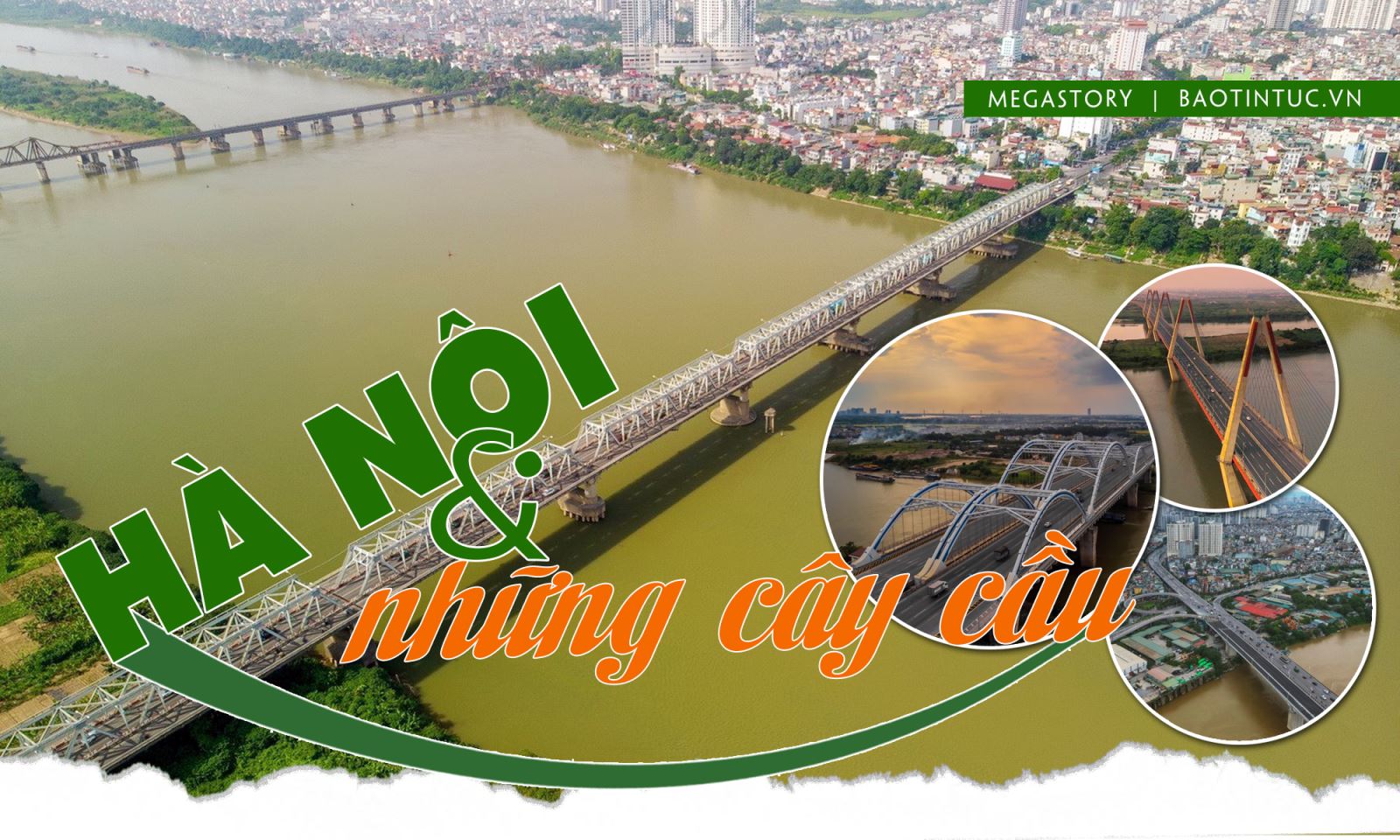

![[Photo] General Secretary To Lam receives Chief of the Central Office of the Lao People's Revolutionary Party](https://vphoto.vietnam.vn/thumb/1200x675/vietnam/resource/IMAGE/2025/5/30/140435f4b39d4599a3d17975dfb444c5)
![[Photo] Journalists moved to tears at the Memorial Service for the soldiers who died in Gac Ma](https://vphoto.vietnam.vn/thumb/1200x675/vietnam/resource/IMAGE/2025/5/30/9454613a55c54c16bf8c0efa51883456)
![[Photo] National Conference "100 years of Vietnamese Revolutionary Press accompanying the glorious cause of the Party and the nation"](https://vphoto.vietnam.vn/thumb/1200x675/vietnam/resource/IMAGE/2025/5/30/1cf6cd5c8a934ebfa347028dcb08358c)

![[Photo] A delegation of 100 journalists from the Vietnam Journalists Association visits the soldiers and people of Truong Sa island district.](https://vphoto.vietnam.vn/thumb/1200x675/vietnam/resource/IMAGE/2025/5/30/0984a986227d4e988177f560d2e1563e)






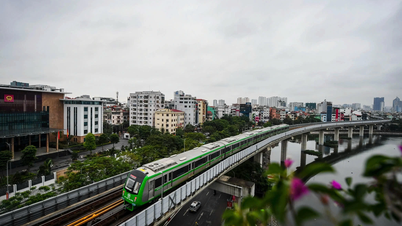
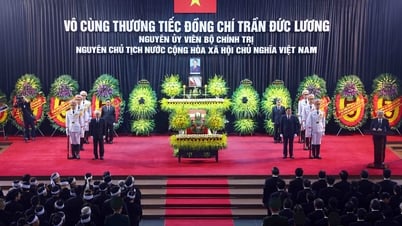

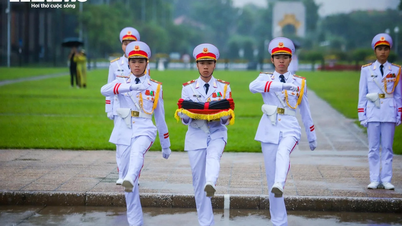






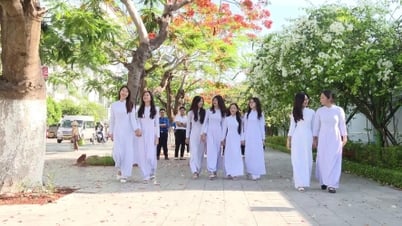
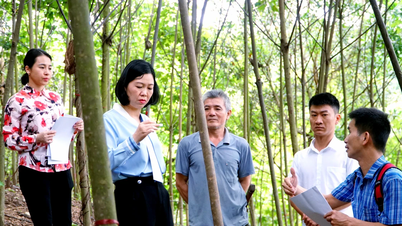




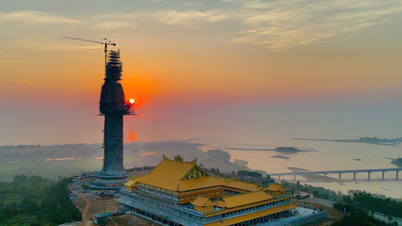


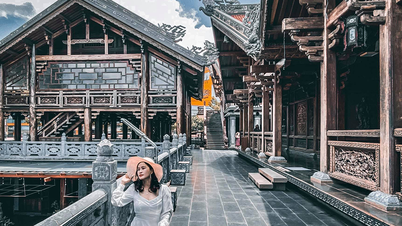







































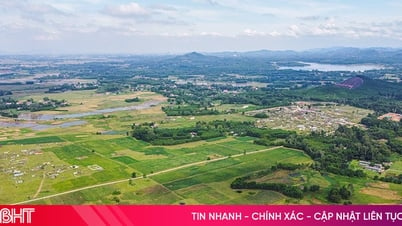












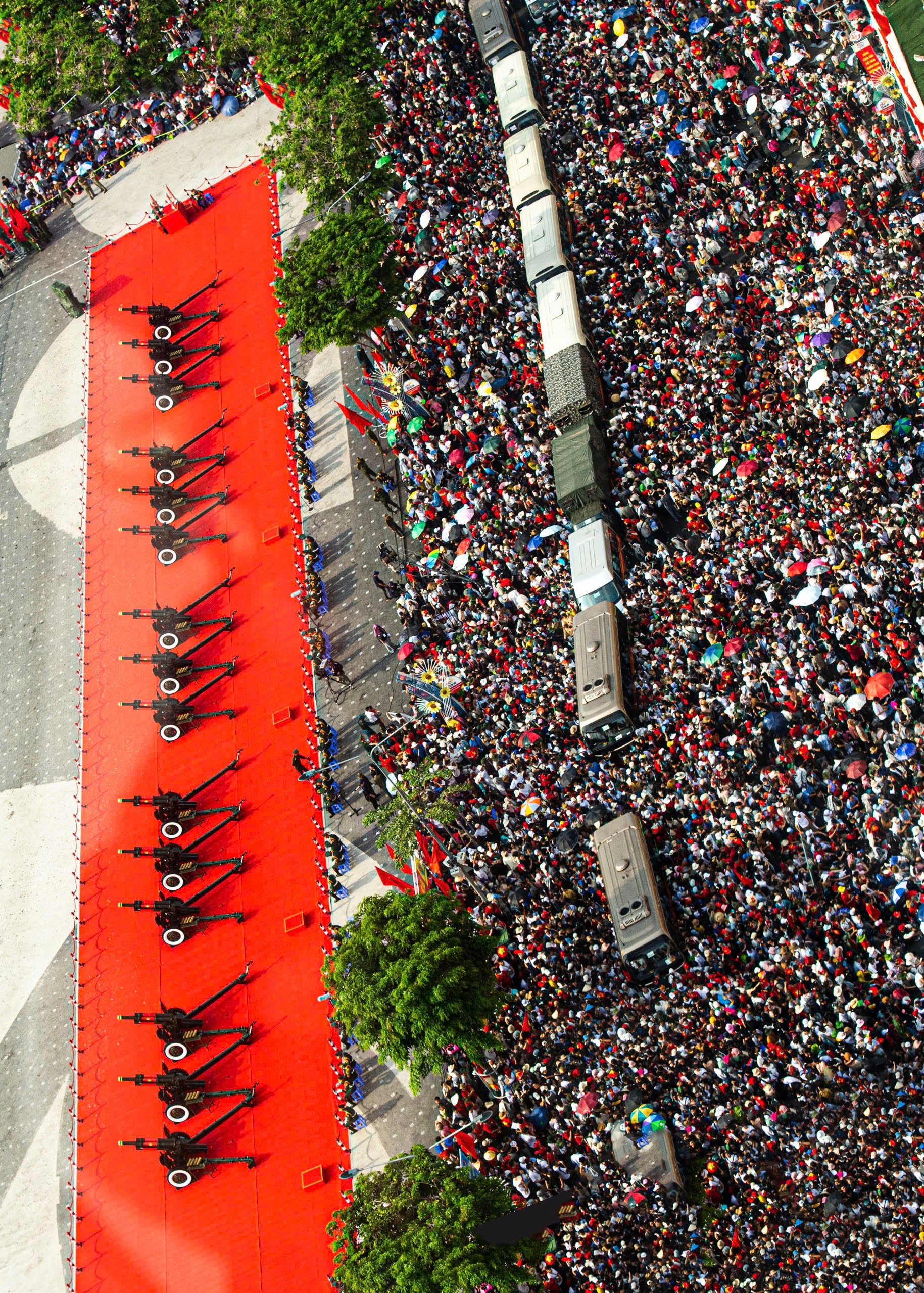



Comment (0)